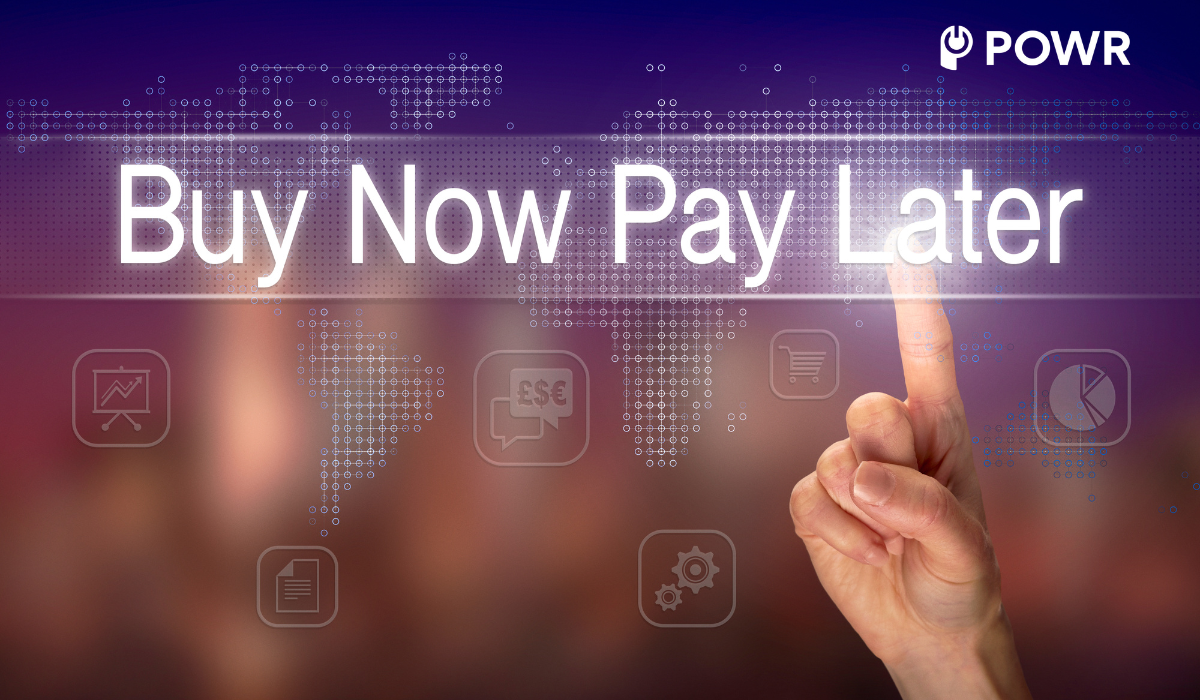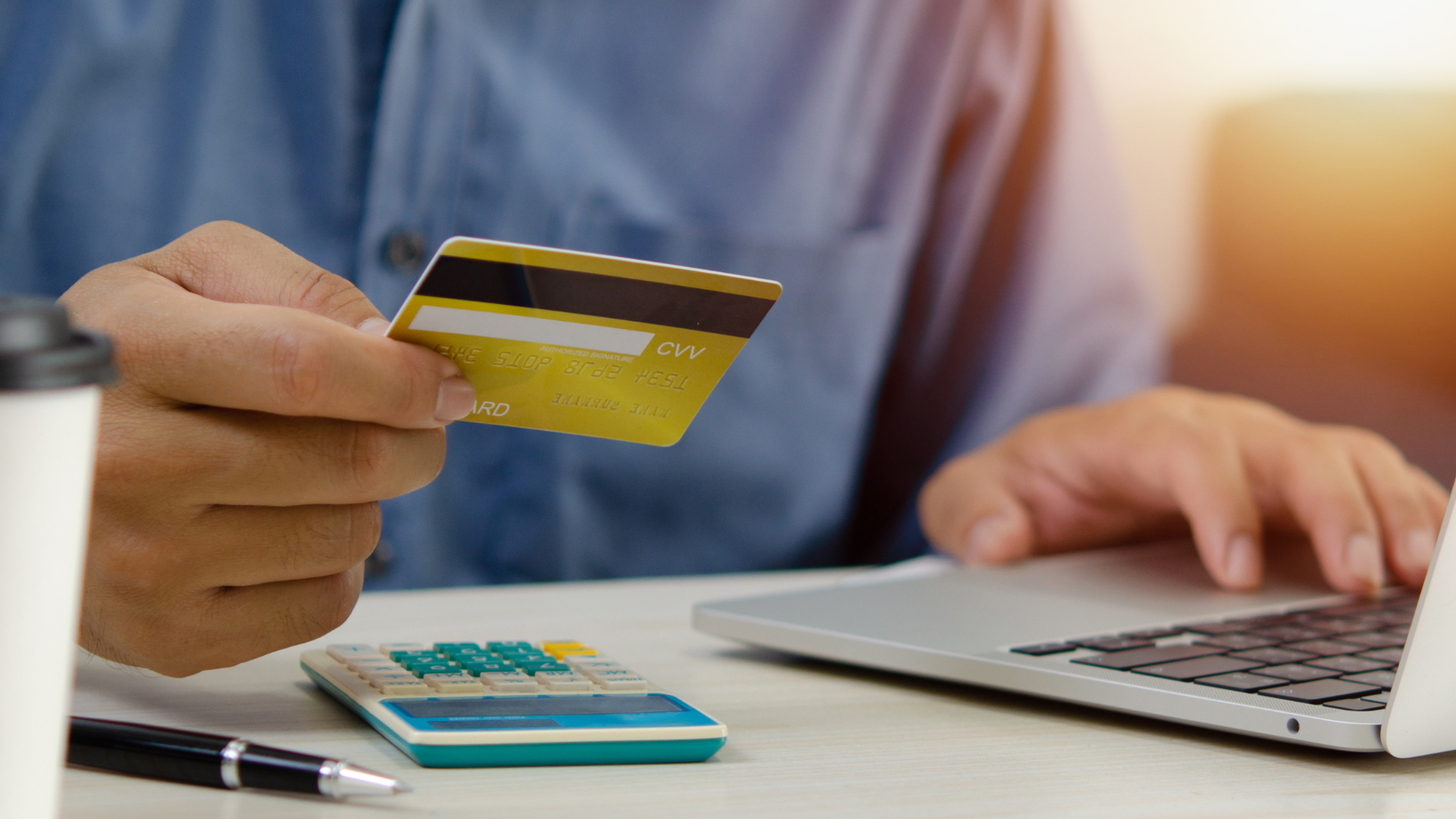Buying something today and paying for it later has become increasingly common, especially in e-commerce. But it isn't just for shopping alone; it's also becoming more frequently used by businesses.
In 2022, BNPL was responsible for 5% of total ecommerce transactions worldwide and is expected to triple by 2026. Don’t miss out!
Let’s explore what BNPL is, its benefits, risks, and whether it’s a good idea for your business.
Shortcuts:
- What is Buy Now Pay Later for Business?
- Benefits of BNPL
- Risks and Drawbacks
- Buy Now Pay Later Methods
- Best Practices for Using Buy Now Pay Later
- Is BNPL Right for My Business?

What is Buy Now Pay Later for Business?
Buy Now, Pay Later (BNPL) services let people buy things and pay in small parts without interest. This is not only for shoppers; businesses use it too.
Companies can buy what they need now and pay later in parts, usually without extra costs.
Big names like Affirm, Afterpay, and Klarna are now helping businesses, especially small ones, by offering flexible payment options.
This helps manage your money better while attracting more customers.
Benefits of BNPL

Offering BNPL can help businesses increase sales because customers find it easier to buy things when they can pay later in small installments.
- Increased Conversion Rates: A big plus of BNPL is that more people buy because they don't have to pay everything upfront, making them more likely to purchase.
- Higher Average Order Value (AOV): Also, customers tend to buy more when they can pay later, meaning they often add more to their carts, which is great for businesses because it means more sales.
- Improved Customer Experience: BNPL makes shopping easier and less stressful, which makes customers happy. Happy customers come back, which is good for business.
- Upfront Payment for Merchants: A cool thing about BNPL is that even though customers pay over time, you get all the money immediately from the BNPL provider. This really helps with having enough cash on hand to run your business.
- Democratization of Online Retail: BNPL levels the playing field, allowing smaller shops to offer the same flexible payment options as the big stores, which helps them compete.
Risks and Drawbacks of BNPL
While BNPL has many benefits, businesses must also consider some risks and downsides.
Higher Merchant Fees
One downside is that BNPL services charge businesses a fee, which can be higher than other payment methods. This means less profit because you have to give a part of your sales to the BNPL provider.
Integration and Accreditation Challenges
Setting up BNPL can take a lot of work. It must fit well with your current systems, and sometimes you need special approval, which can be a big hassle.
Regulatory Uncertainties
The rules about BNPL are still being figured out, which can be tricky for businesses. New rules could pop up that make things more complicated.
Consumer Debt Concerns
There's also a worry that BNPL could make it too easy for people to spend more than they can afford, leading to trouble with payments and affecting businesses.
Data Privacy Issues
When dealing with BNPL, you must be very careful with customer information and ensure that you follow the rules regarding privacy.
Buy Now Pay Later Methods
Each service has its own set of features and requirements, and they often differ in terms of the installment plans they offer, their fee structures, and the types of purchases they support.
- Affirm: Provides instant loans for purchases that can be paid off monthly. Affirm is known for its transparency, as it doesn’t charge late fees or compound interest.
- Afterpay: Allows customers to purchase products immediately and pay for them in four equal installments, due every two weeks, without any interest if payments are made on time.
- Klarna: Offers several payment options, including "Pay Later," where consumers can try before they buy and pay up to 30 days later; "Pay Now," which processes payments immediately; and "Pay in 3," which splits the purchase into three interest-free installments.
- Zip (formerly Quadpay): Allows consumers to split their purchase into four payments, paid over six weeks, with no interest charged.
Get started by adding a payment button or order form to your website, connecting a Stripe account, enabling BNPL as a purchase option, and then proceeding.
Best Practices for Using Buy Now Pay Later (BNPL)

To make the most out of BNPL and avoid problems, here are some tips for businesses to follow.
- Set Limits: Limiting how much you sell through BNPL is smart for avoiding cash flow problems.
- Educate Customers: Ensure that your customers know exactly how BNPL works and the rules so there are no surprises.
- Monitor Customer Behavior: Keep an eye on how customers use BNPL and if they're having trouble, which can help you tweak your approach if needed.
- Integrate Seamlessly: Ensuring BNPL works smoothly with your checkout process is important for keeping customers happy.
- Comply with Regulations: Stay up-to-date with the latest rules to ensure you're always on the right side of the law.
- Evaluate Costs and Benefits: Regularly check if BNPL is still a good choice by weighing the costs against the benefits.
Is Buy Now Pay Later Right for My Business?
Buy Now Pay Later can be a great tool for businesses as it helps sell more and keeps customers happy. However, being aware of the higher fees and potential risks is important.
By understanding the good and the bad and staying smart about how you use BNPL, you can decide if it fits your business correctly.
About the author
Hey, it's Mick and I'm the Head of Growth and Partnerships at POWR. My career spans two decades, primarily marketing in the healthcare space, with stints in broadcast television, advertising and copy editing.
I went to the College of Journalism at the University of Louisiana - Monroe and a storyteller at my core. My wife Elizabeth, son Gavin, and pup Jolene currently call Lafayette, Louisiana home.
Follow me on LinkedIn.


